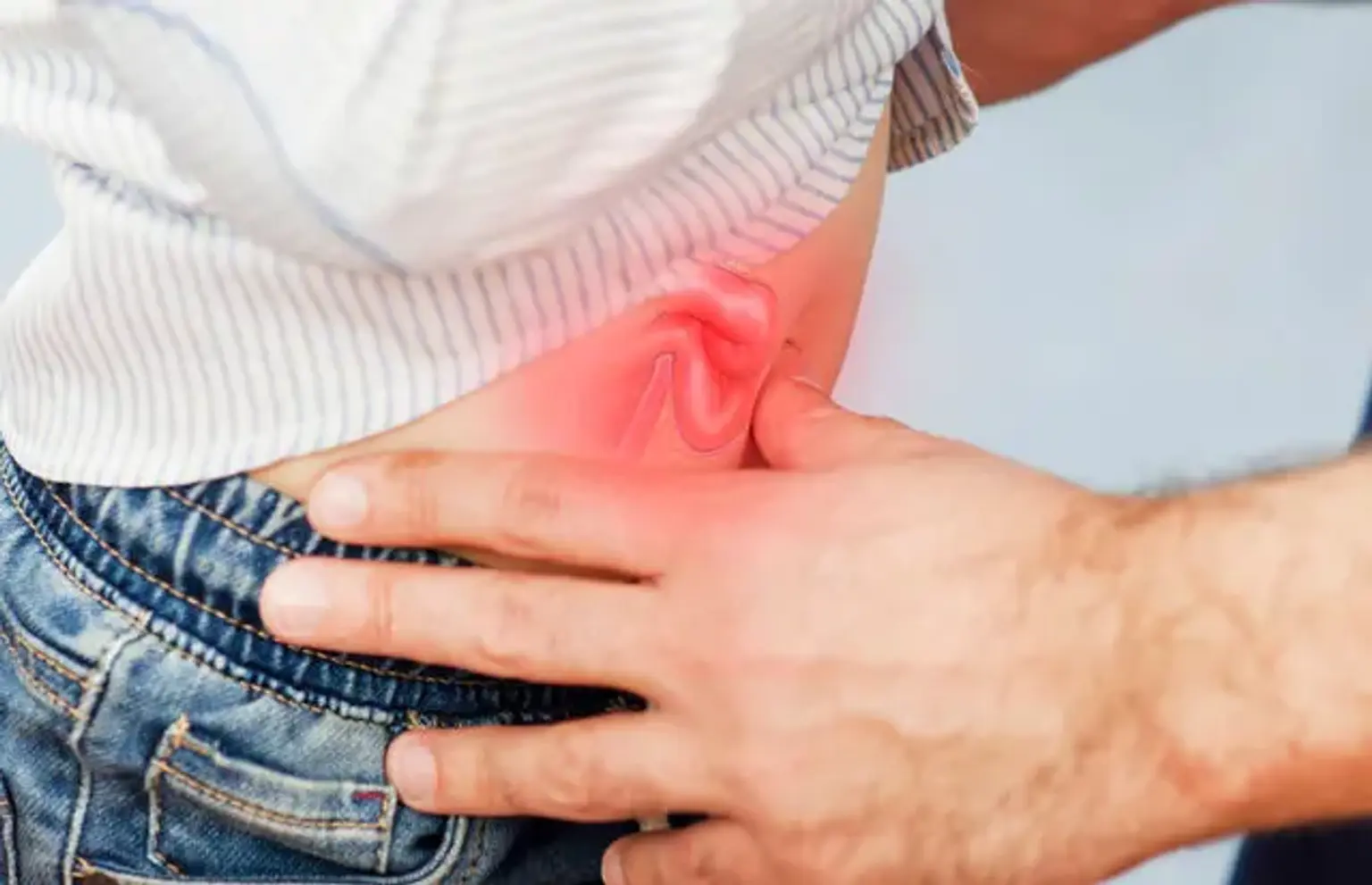Hernia repair
Overview
Abdominal hernias are described as the abnormal protrusion of intra-abdominal contents through congenital/acquired sites of abdominal wall weakness. Anatomically, abdominal hernias are categorized into four types: ventral hernias (e.g., epigastric, umbilical, and incisional hernias), groin hernias (inguinal and femoral hernias), pelvic hernias (obturator, sciatic, and perineal hernias), and flank/lumbar hernias.
Consistently elevated intra-abdominal pressure (e.g., ascites, pregnancy, intra-abdominal tumors, chronic cough, etc.) raises the likelihood of developing an abdominal hernia.
Hernia repairs are one of the most common procedures performed in the UK. Most hernias can only be repaired surgically, which can ease your discomfort while also preventing more serious consequences from occurring.
